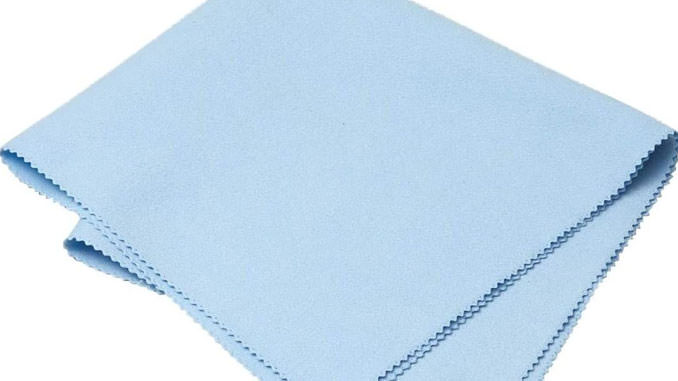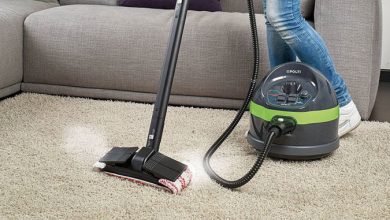
How to use an Anti-static Cloth
The anti-static cloth today is the basis of daily cleaning. The anti-static cloths are particularly soft and soft (also scratchproof). They eliminate the electrostatic charges from the surface of the objects and, of course, the dust. Furthermore, anti-static cloths are also notoriously more hygienic because, once used, they must be thrown in the garbage.
Electric brooms and dusters are now associated with this type of cloth. Let’s see in this guide how to use them correctly during cleaning. Then, read the guide below to learn how to do a near-perfect clean.
The anti-static cloth contains a conductive part between its fibers that delicately removes dust and dirt from objects without resorting to detergent or abrasive liquids, which can irreparably deteriorate them or otherwise risk scratching them.
These wonderful and handy anti-static cloths are particularly effective on plasticized surfaces or in contact with magnetic fields and electrostatic forces. Thus, they are excellent allies, especially for extremely delicate surfaces such as some technological objects such as plasma screens, computers, tablets, and scanner screens.
At the same time, the cleaning action allows eliminating the electrostatic charges that generally remain accumulated on the electronic parts, especially on those containing capacitors. The anti-static cloth is also handy for capturing dust from furniture.
The physical principle of electrostatic charges teaches us that dust is captured by the finishing materials rather than deposited on a surface. A lacquered or buffered piece of furniture is often a receptacle of dust due to the electrostatic charges that alcohol in the first place. Above all, shellac tends to accumulate.
The anti-static cloth being a delicate surface, allows us to eliminate the dust without necessarily rubbing it, but simply by placing it on it, capturing it like a magnet. To keep the anti-static cloth (non-disposable) constantly clean, it is advisable to use a brush with bristle hairs, which can pick it up (for the same physical principle), making it look new again.




